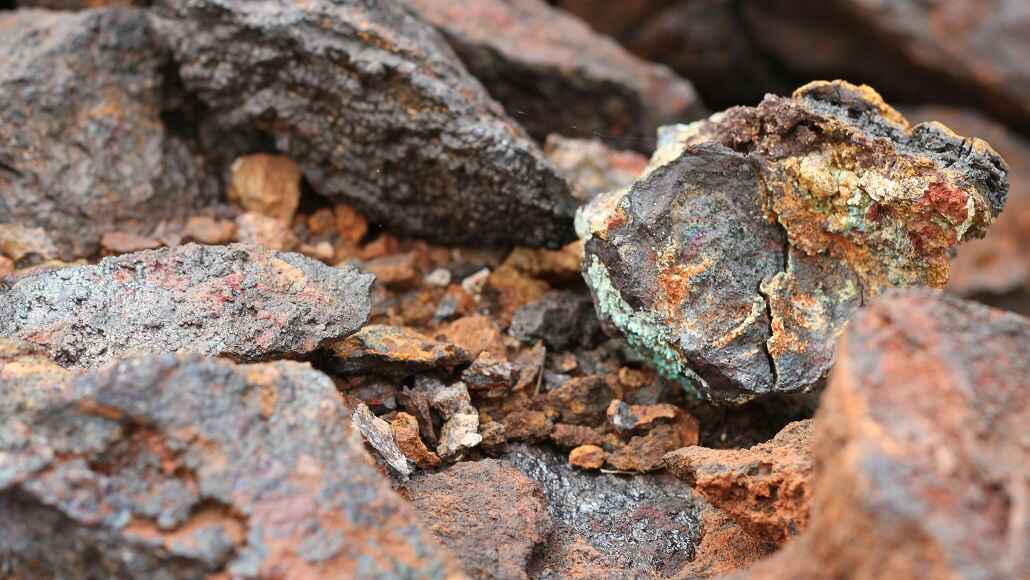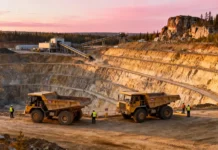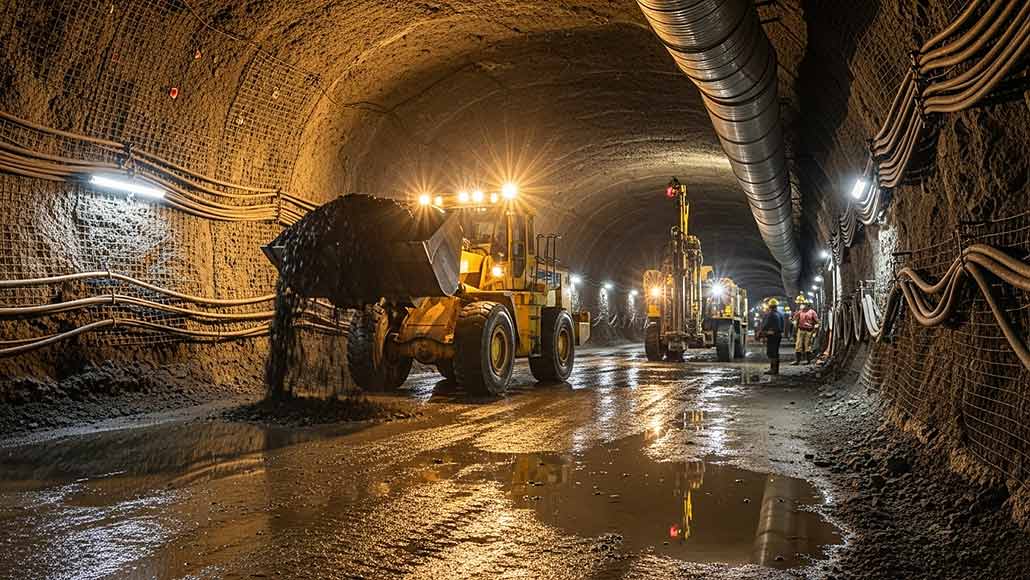It is a known fact that the mining industry across the world may as well be spread all over 150 countries; however, as per the new data, almost 50% of all large-scale mining as well as processing facilities happen to be concentrated in only three – and that’s China, Australia, and the US.
This is as per the International Council on Mining and Metals (ICMM) and its global mining report. Released on September 3, 2025, it happens to be a sweeping compilation of 15,188 mines along with the processing plants.
As per ICMM, 45% of all mines, refineries, smelters, as well as steel plants are mushroomed in China, Australia, and the US, and there is an uneven distribution, which happens to have a key implication for supply chains and also the pace of the clean energy shift.
Rohitesh Dhawan, who happens to be the president and CEO of ICMM, remarks that the foundational dataset of ICMM shows that more than 75% of the national economies have some sort of connection to large-scale mining or mineral processing.
In a press release, he added that having a global view when it comes to the location, type, and commodity, as well as the footprint of such sorts of facilities, happens to be quite necessary so as to inform the right public along with policy debates for this sector, which is indeed very critical. Due to the fact that the minerals and metals are at the heart of the energy and geopolitical transition, the need for strong, global, industry-wide data has never been so important.
It is worth noting that the dataset goes on to identify 12,876 mines, apart from 1,980 standalone processing facilities and also 332 co-located sites wherein the extraction as well as the processing happen all at once. As mentioned, while the operations go on to stretch through over 150 countries, the analysis from ICMM shows that China especially happens to dominate the processing stage as far as the supply chain is concerned.
Apparently, ICMM goes on to record almost 426 metallurgical facilities spread across China, which by far happens to be the most form of mining industry across the world as compared to 120 that are based in the US, 87 in India, and 65 in Brazil. This kind of asymmetry between mining as well as refining goes on to present quite a massive challenge that is faced by the local supply chains.
While the resource deposits get scattered across the world, the industrial capacity in order to convert ores within the usable metals happens to be more centralized and also quite heavily tilted towards China. Europe, for example, goes on to suffer from this kind of susceptibility. In spite of having such a massive demand from its automotive and electronics as well as aerospace industries, its mining base has shrunk with time, and that’s very alarming.
Besides this, the dataset shows more density of metallurgical facilities across Europe as compared with the mines.
It is well to be noted that this kind of imbalance is not just limited to Europe, but across the globe there happen to be many economies that are home to some major amounts of mineral deposits; however, there is a lack of facilities in order to process them. This sort of structural gap goes on to cement the dominance of China, which has already invested quite heavily when it comes to refining the capacity and also controls most of the midstream when it comes to critical mineral supply chains.
The dominance of coal
Although the dataset happens to underscore the critical minerals’ role when it comes to the energy transition, it also happens to show that coal still remains the single most common mined commodity in terms of number of facilities. Interestingly, coal comprises a whopping 42% of overall mines and is thereafter followed by gold, which stands at 17%, copper at 12%, and iron ore at 9%.
Notably, the prevalence of coal mines contrasts with the climate goals of the globe, but at the same time, it also goes on to reflect the legacy infrastructure when it comes to energy systems and, of course, the uneven pace of transition. In totality, Asia happens to host the largest number of coal, copper, and iron ore mines, whereas the regions of North and Central America are filled with the highest number of gold mines.
Taking over the long game
As a matter of fact, ICMM goes on to stress that the release of the dataset happens to be the first step in a multi-year effort so as to improve transparency and at the same time even support evidence-based policymaking as far as the resource sector is concerned. In addition to the full dataset, which happens to draw on proprietary sources, ICMM has already gone on to publish a public version that goes on to cover 8,508 facilities.
Dhawan also said that the council hopes the data by all means will continue with the expansion and be enhanced by way of collaborations while simultaneously building on key sustainability indicators in the months to come. More importantly, industry observers have also long criticized the scarcity when it comes to comprehensive public data on the sector. In the absence of standardized information, they happen to argue that it is indeed quite difficult to go ahead and assess the social and environmental effects of mining or even craft certain, to-the-point, and effective regulations.
The fact is that ICMM believes that its initiative, although it happens to still be limited by licensing restrictions on some of the proprietary datasets, goes on to represent one of the most ambitious attempts to date so as to assemble a complete global picture of the industry. As per the council, it ensured that it is going to work with partners in order to expand the dataset and also incorporate the indicators when it comes to sustainability performance.























